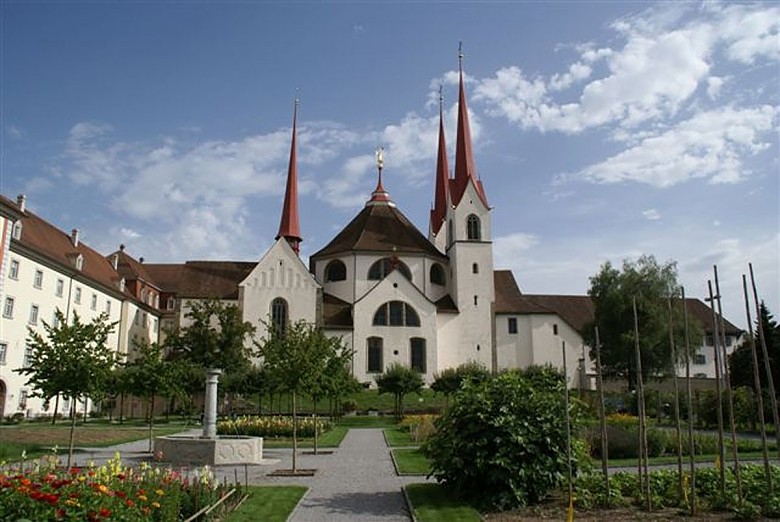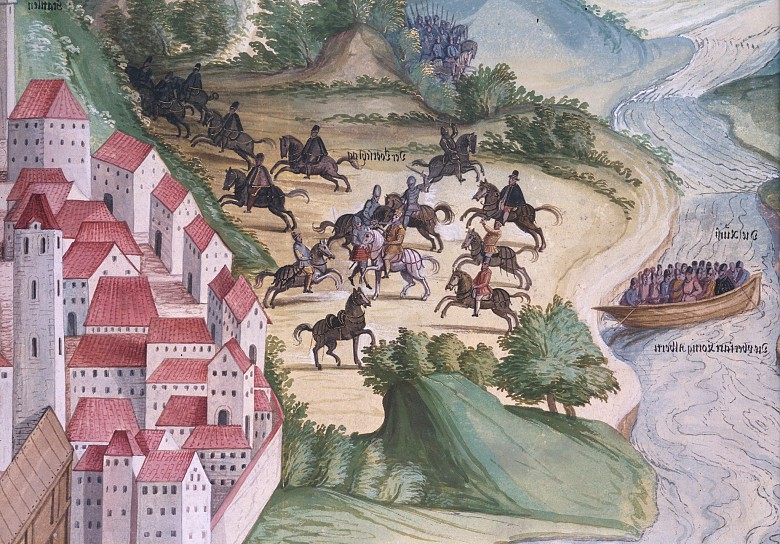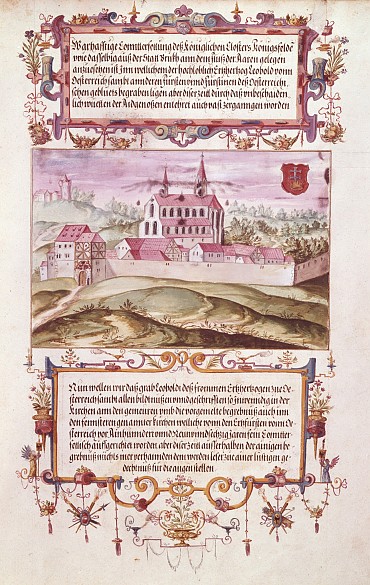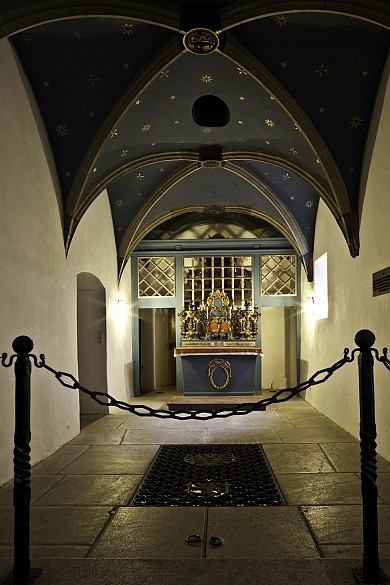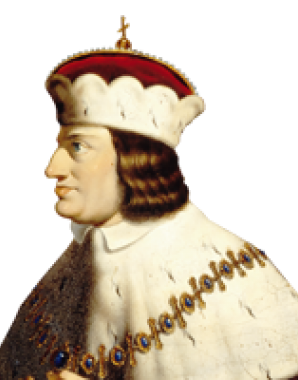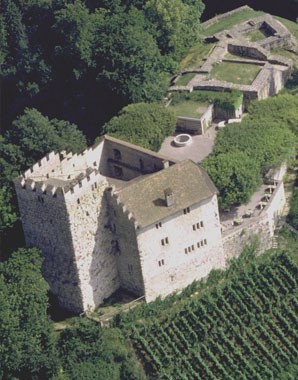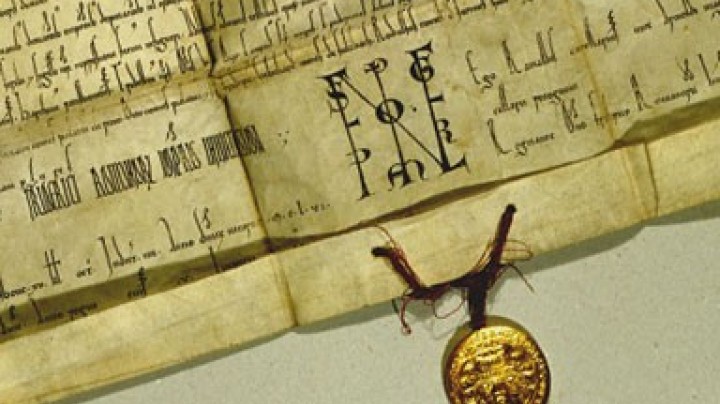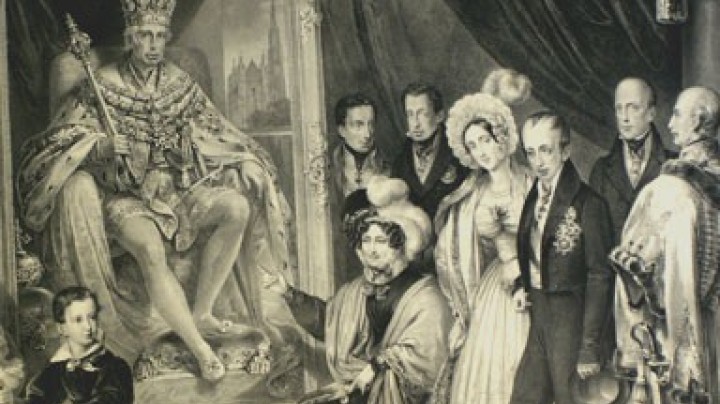Ancient connections: Swiss monasteries as Habsburg loci of remembrance
Muri and Königsfelden in Switzerland are two monasteries with special connections to the Habsburgs: Muri stands for the Swiss roots of the dynasty, Königsfelden for a family murder that put an abrupt end to the first attempt by the Habsburgs – thanks to the political acumen of Albrecht I – to lever themselves into a leading position of power in the Holy Roman Empire.
Muri in Aargau was a Habsburg endowment, its origins lying in the mists of the dynasty’s early history. The only account we have of its foundation is as a legend recorded in the Acta Murensis, dating from a later age. This states that the Benedictine monastery of Muri was founded by two brothers, Bishop Werner of Strasbourg and Count Radbot (and his spouse Ita of Lorraine), who are regarded as direct ancestors of the dynasty of Habsburg, though not called by this name until later.
After a period in which it flourished during the thirteenth century, Muri became embroiled in the conflict between the Habsburgs and the Swiss Confederation. The monastery ended up under Swiss overlordship in 1415.
However, the link with the House of Habsburg was never completely broken; in 1705 the Leopold I, who had a keen appreciation of history, elevated his ancestors’ foundation to that of a princely abbey. When the abbey was dissolved in 1841, the Habsburgs offered refuge to its remaining monks in Gries Abbey near Bozen/Bolzano in South Tyrol. The connection of the Habsburgs to their dynastic establishment was additionally emphasized through the relocation in 1971 of the present family tomb to the abbey church of Muri.
A much clearer light can be cast on the circumstances surrounding the foundation of Königsfelden. The monastery was founded as a memorial on the site where in 1308 King Albrecht I was murdered by his nephew, Johann Paricida, the Habsburgs thereby losing their most able founding father. Königsfelden goes back to Albrecht’s widow Elisabeth and her daughter Agnes, herself the widow of King Andreas III of Hungary; the two women endowed the monastery in 1310 in order to pray for the souls of their husbands, who had died without receiving the last sacraments. Thanks to generous endowments, the monastery had prodigious wealth at its disposal, and it was intended to become a Habsburg family monastery. Königsfelden was a dual friary/convent for Franciscans and the Poor Clares, the male and female orders of the Friars Minor; the Poor Clares were the ones in charge of the foundation, the brothers acting solely as pastoral ministers for the nuns.
Agnes lived with the nuns as secular head and great patron of the convent. This Habsburg is presented in historiography as an extremely ambiguous figure: on the one hand she is described as a vengeful virago pursuing her father’s murderers, on the other Agnes was highly respected as an energetic and politically skilled woman and, as a kind of political oracle, often consulted for diplomatic advice. Shortly after Agnes’s death Königsfelden began to lose much of its significance. A long phase of stagnation followed before the convent was finally dissolved in 1523.
